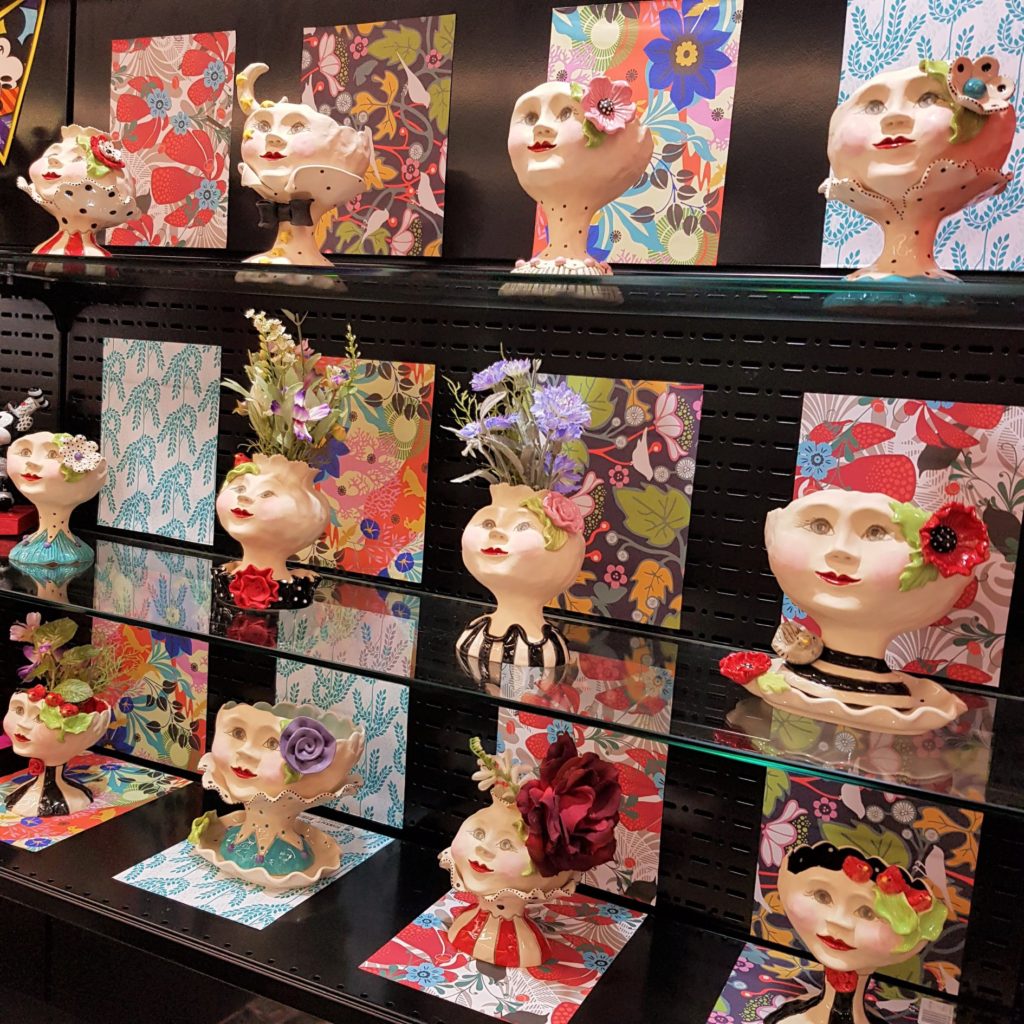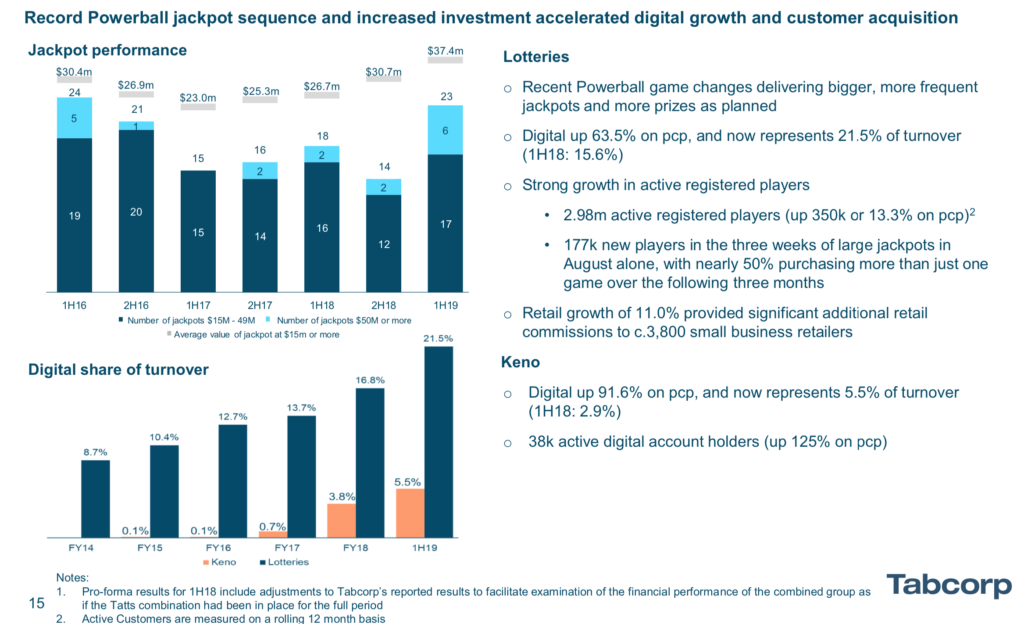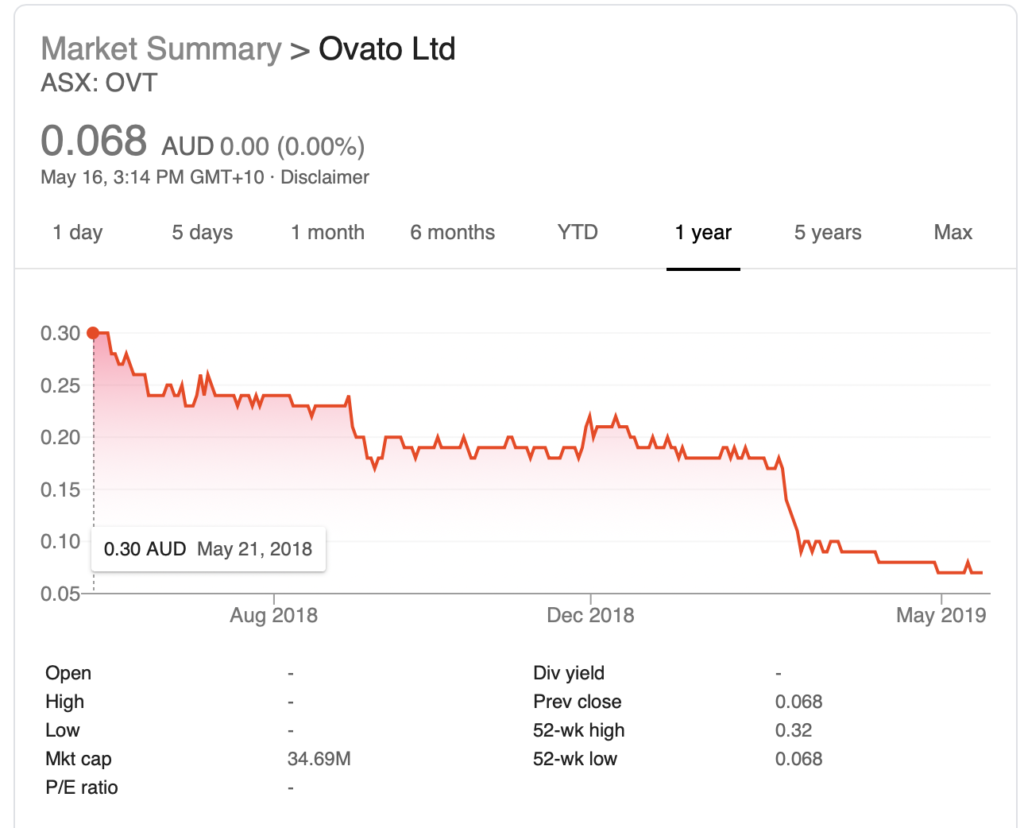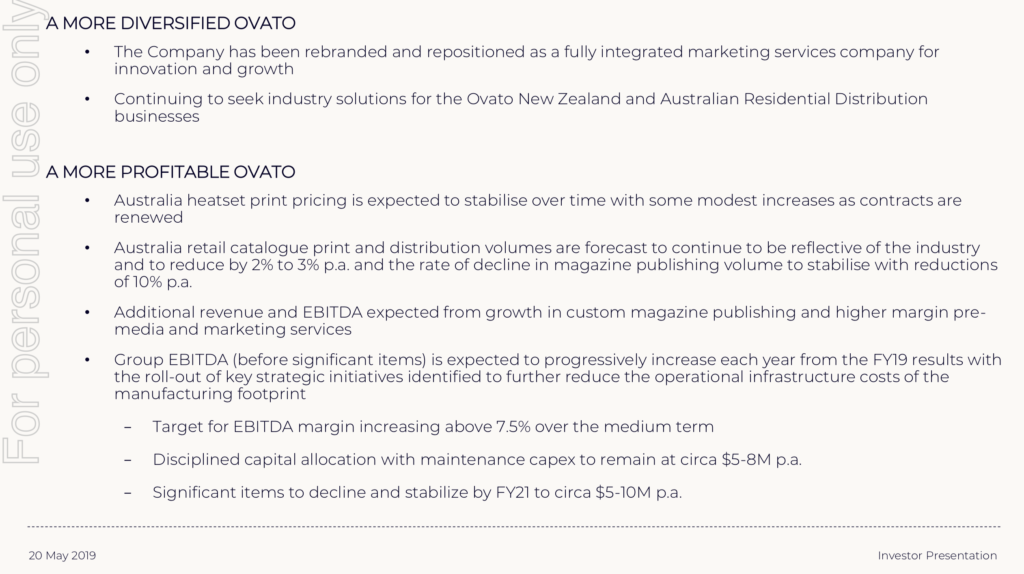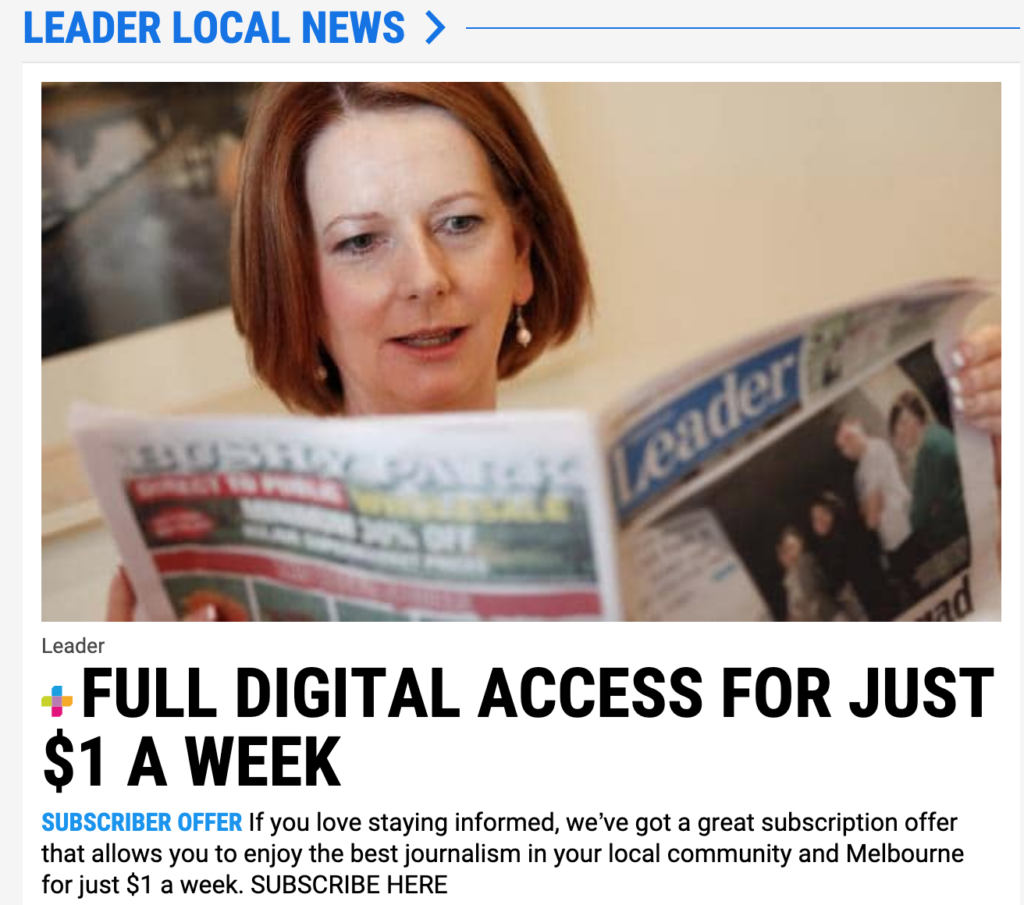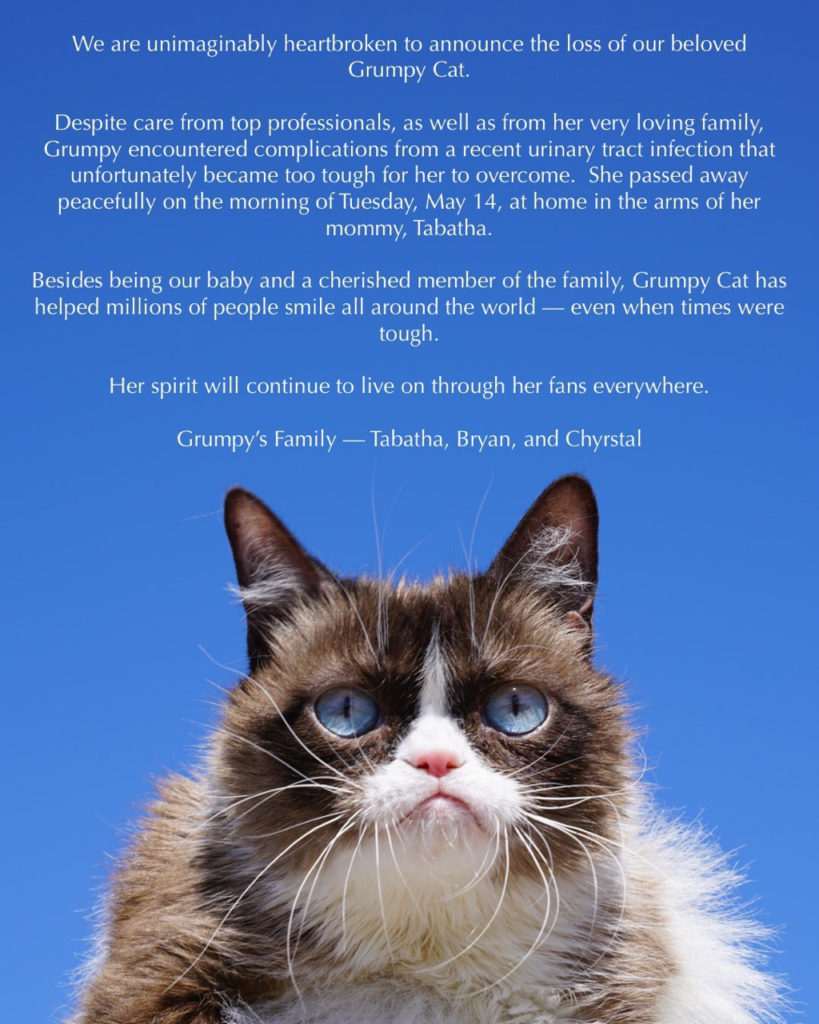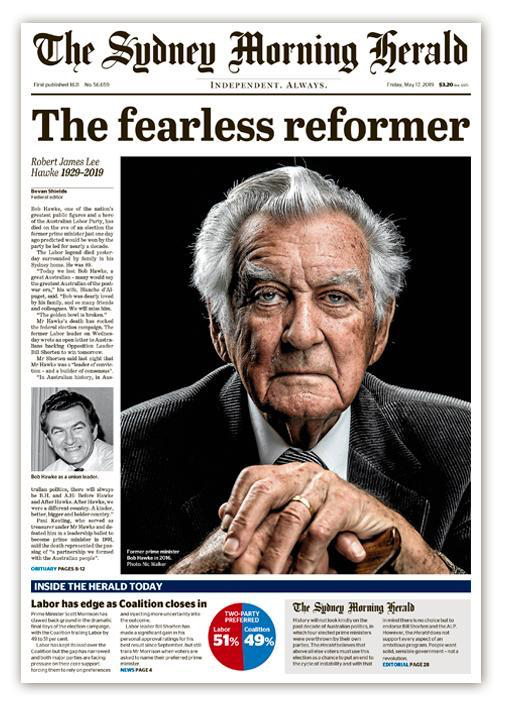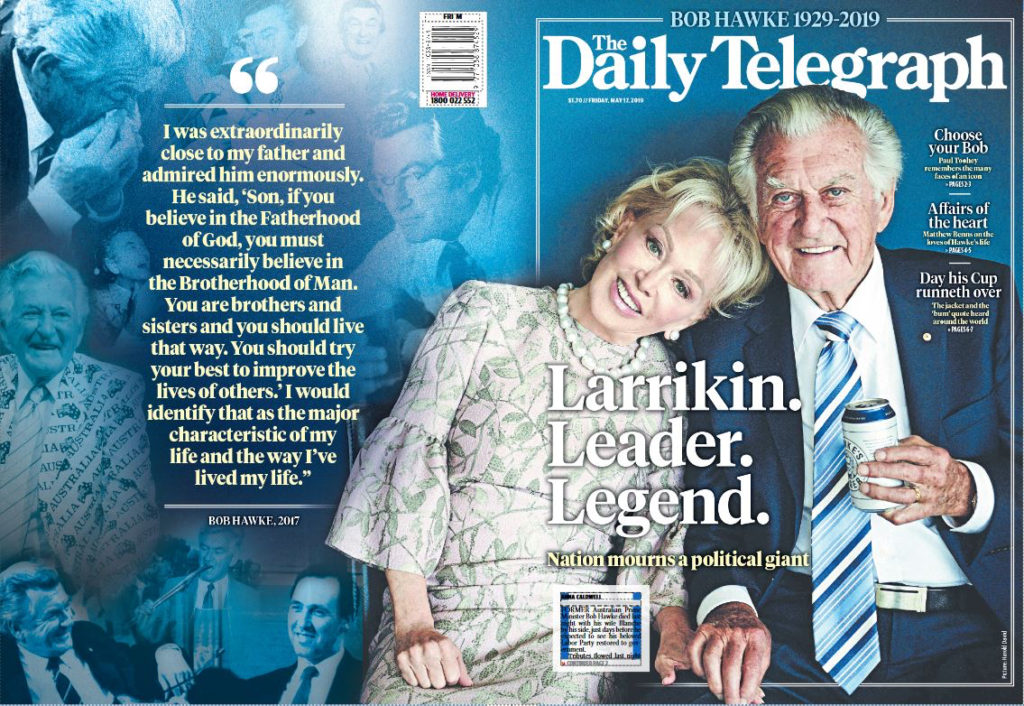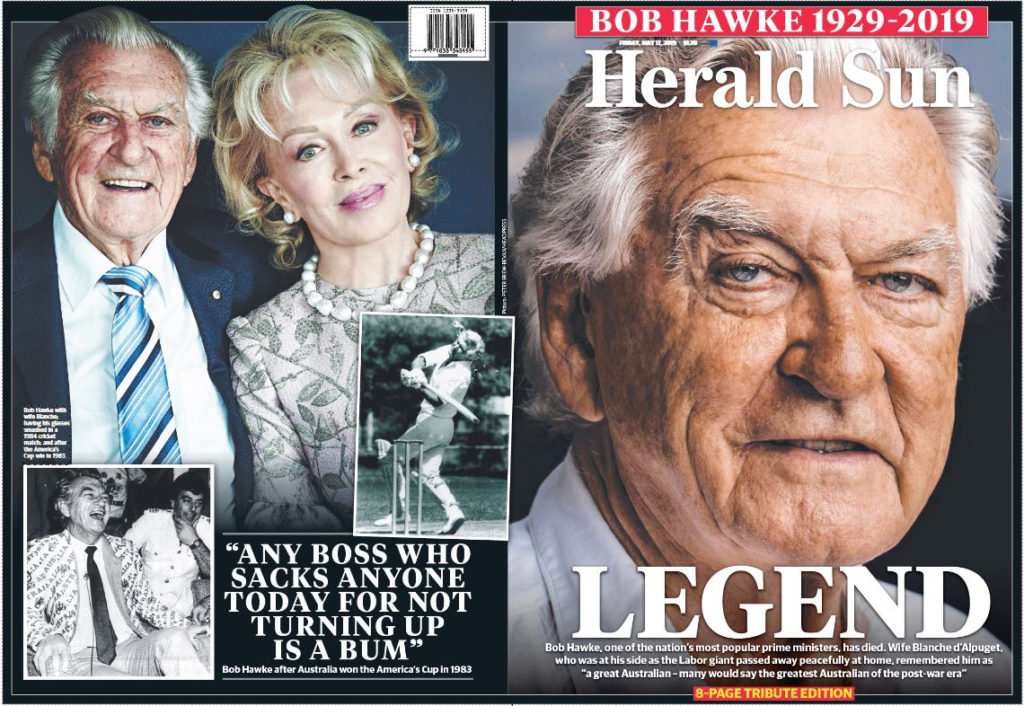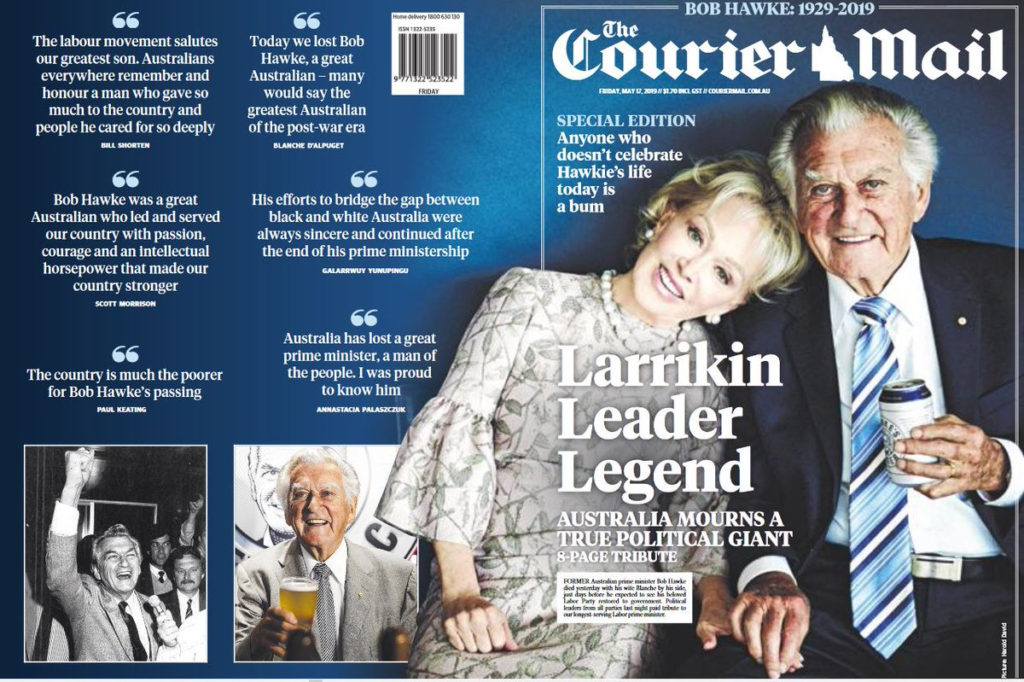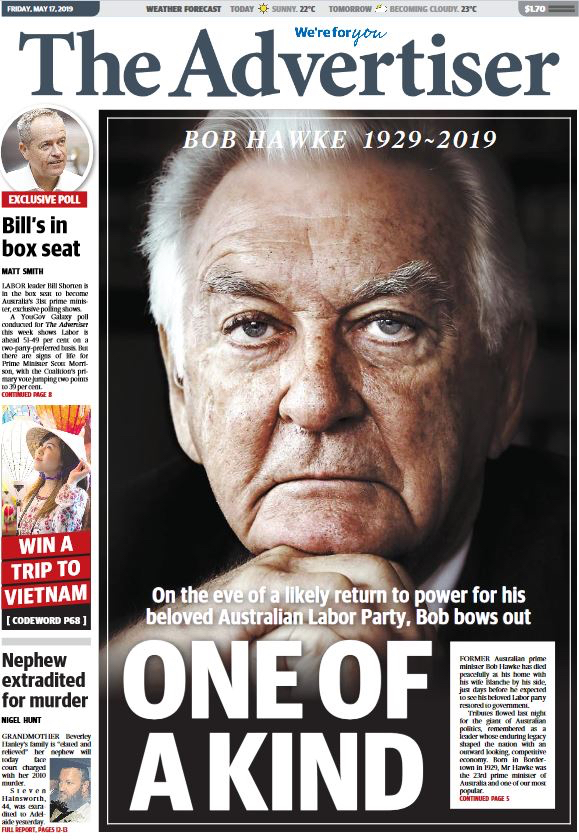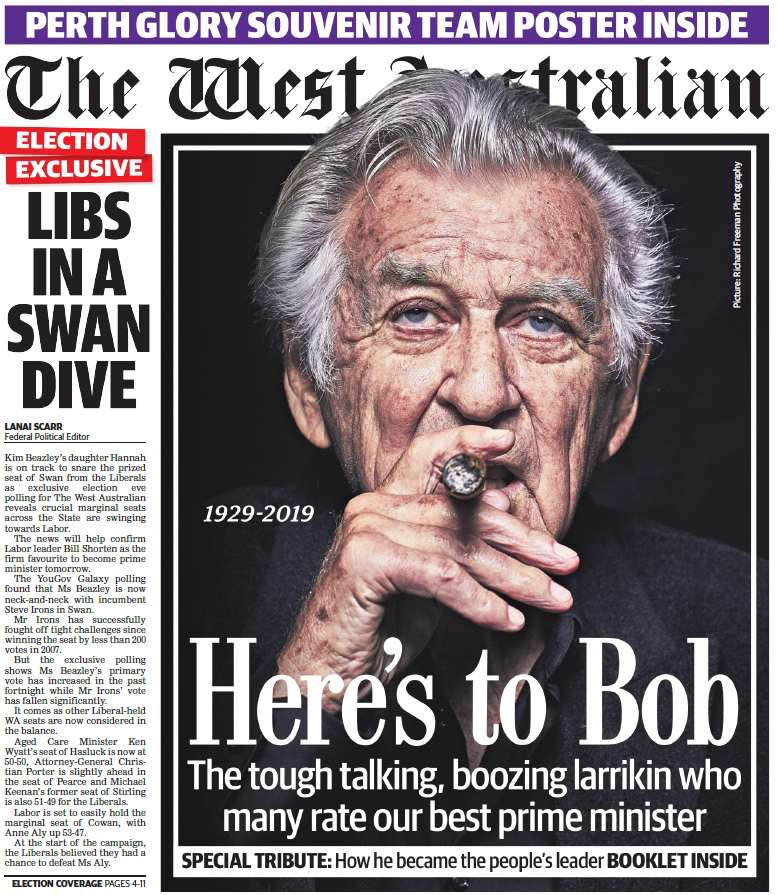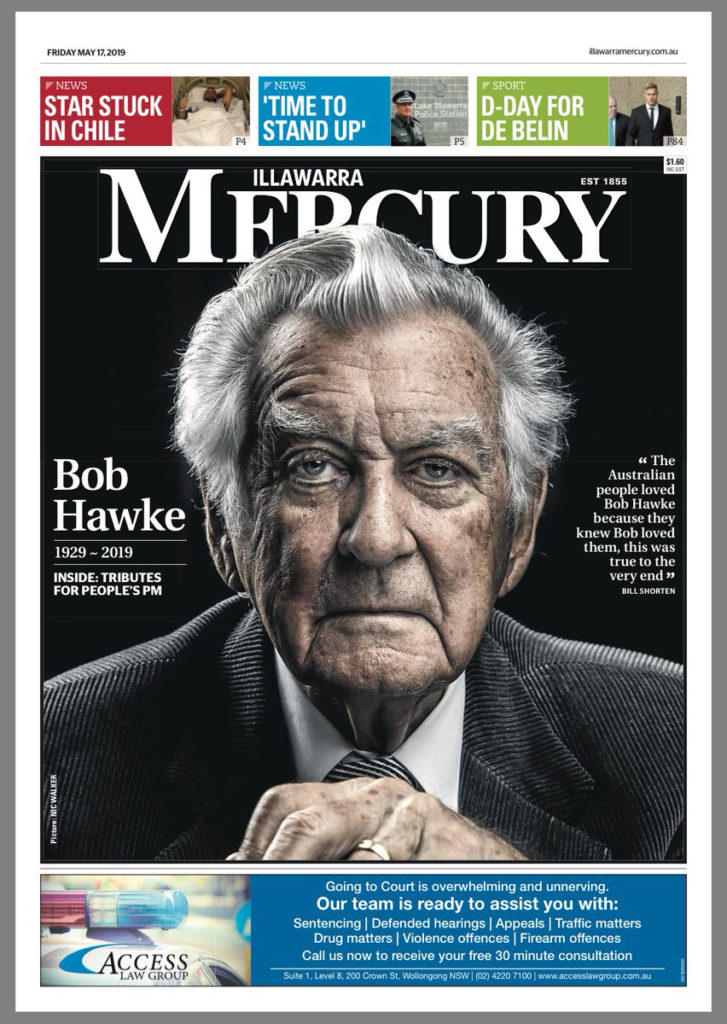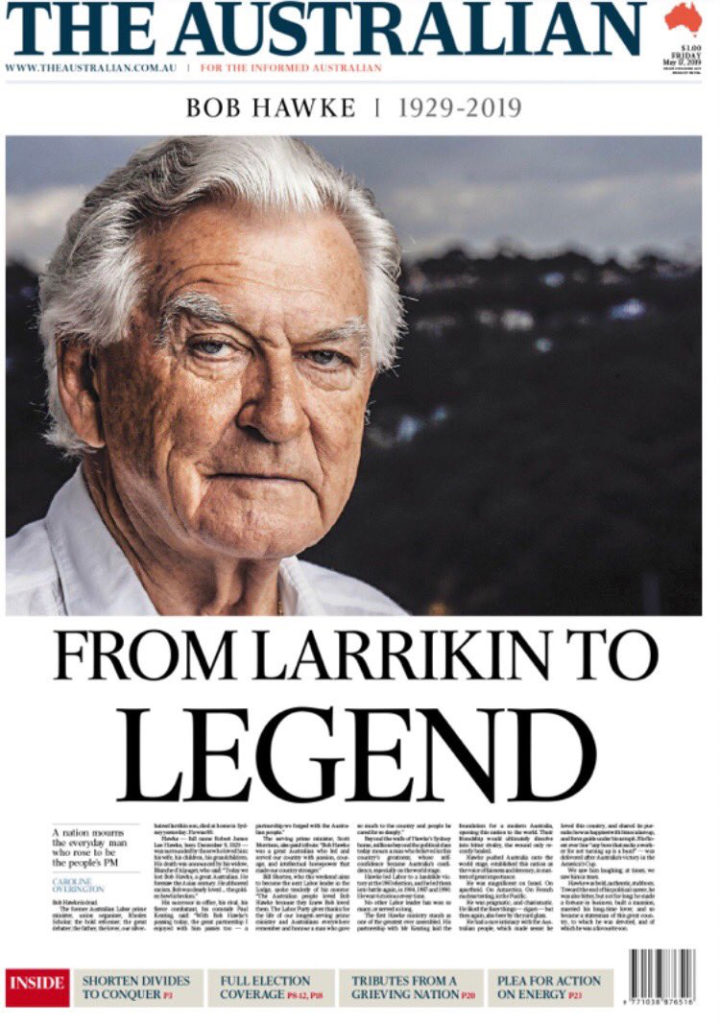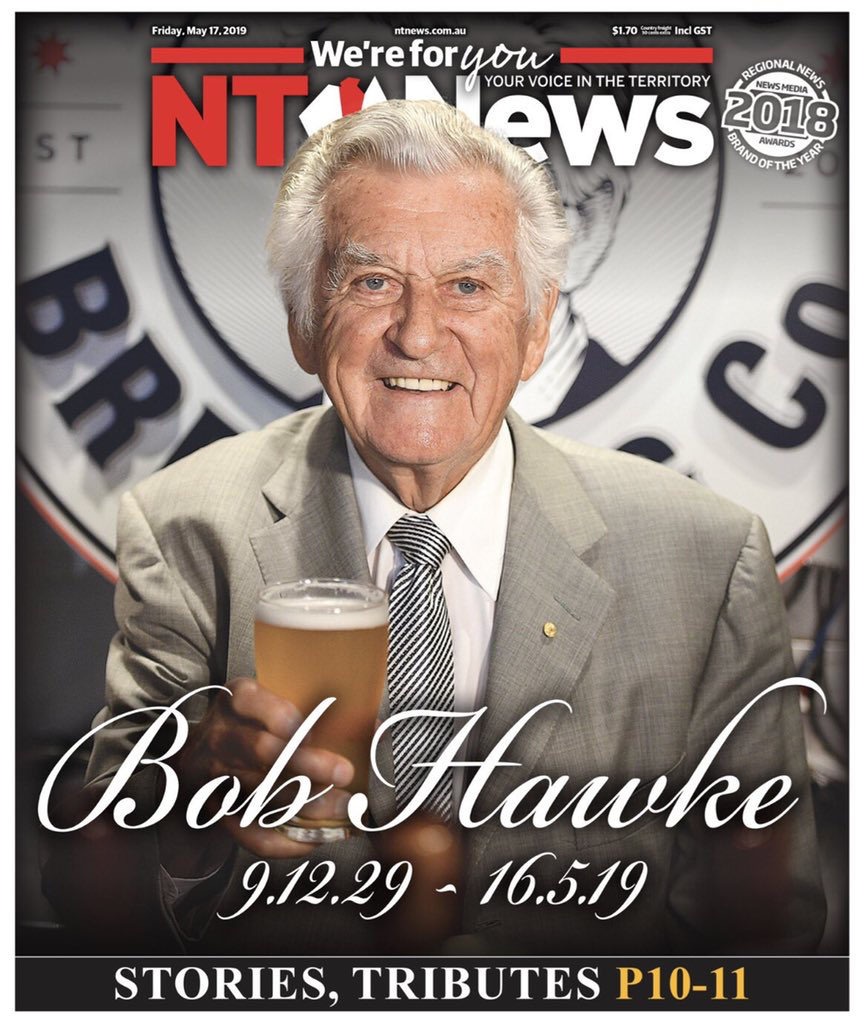Here is an article I have recently completed about diversity in retail, as a management approach to help you attract more customers to your business. I have been thinking about diversity because of an inspirational presentation I heard by Aubrey Bergauer, Executive Director of the California Symphony, in which she outlined how a commitment to diversity has helped the Symphony become more successful.
Diversity in retail.
This is not about what you may think it is about.
For years, retailers, especially small business retailers have been told do one thing right, be known for something.
They have been told that a unique selling proposition(USP) is about that one thing and getting it so right that you are known for it.
This singular focus began in an era when people often discovering a business did so by being in front of the business.
While pursuing a USP has worked for many, the world today has changed. Technology has changed us, it has changed how people find retail businesses.
Whereas in the past, there was often one major path delivering traffic to a business, today, thanks to technology, there are usually many paths, often not as obvious to us as the path of years ago.
Technology has also changed what businesses can and do offer.
Most important, technology has changed the ease of reaching customers.
Being local is not as important as it used to be.
While local small business retailers wish being local is all that matters, it is not. Often, the local community is not sufficient to serve the growth needs of a business, often because locals themselves are shopping elsewhere because doing so is easier.
Retailers need to reach more people. This means reaching beyond what has been traditional. For local retailers it means reaching beyond local. It can mean reaching beyond what you are known for.
Thanks to cool personalisation technology and targeted marketing, businesses interstate or overseas can provide a special interest product in a way that locals can love. Big businesses, especially, can leverage technology to reach local shoppers in personal and local ways.
Being local is notas important as it used to be for plenty of specialty retail businesses.
A commitment to diversity could help local retailers in this changed world.
I am not talking here about diversity in the manner in which the term is often used.
To me, diversity in small business retail is about a business, your business, being diversein the customers it pursues and diversein the ways it seeks to connect with potential new customers.
Customer diversityis about being relevant, appealing and of value to different groups of customers to those you pursue today. No, not everyone, because that does not work.
Diversity in customers is about targeting very specific, new, groups that you are certain you can satisfy.
Why do people shop with you?
Think about what brings people through your front door right now. Typically, a majority of shoppers will come through for one reason, one product or service category.
Is there another product or service category not too distant from what you focus on today that you could introduce to broaden the appeal of the business, to help you reach people who are not interested in your prime product category or service today?
This is one example of diversity … making your business appealing to a group of people who do not find your current offer appealing.
It is not about becoming a general store. Rather, it is about making thoughtful moves, based on research, to broaden the pool of people who couldwant to shop with you.
This is about you reaching more customers.
Diversity in ways of connecting with potential new customersis about how you communicate, how you connect.
Multiple touchpoints matter in this connected world.
While we all get sick of emails, text messages, social media ads and the like, they are sent for a reason, by big businesses with strong tech infrastructure to take care of this follow up.
Think about the new shopper journey in your shop today. Think about how they found you. In small business retail, word of mouth remains important as does store location. But what about other new shoppers, how can they be found?
Diversity in how, where and when you promote your business matters as does diversity in your voice.
How you reach out to an older shopper should be different to how you reach out to a young mum.
How you reach out to someone new to your core product category should be different to how you reach out to someone deeply engaged with your core category.
A more diverse pool of shoppers requires a more diverse approach to find them.
Here’s what I mean: use diverse avenues of marketing and through these use diverse marketing pitches, targeted for a more diverse pool of customers.
Marketing avenues can include social media paid and free, Google Ads, with each being thoughtfully created to pursue a specific type of shopper, one that fits a diversity goal.
Just as you expand what you offer to appeal to new consumers, you expand how you appeal to reach new customers.
Local businesses often promote local. It made sense for years. Today, specialty retailers can easily sell outside the local area, making a commitment to diversity also being about reaching beyond local as that in itself is about pursuing diversity.
It’s about more than what you are known for today.
Here is what it comes down to. What you are known for today is not enoughsince that will limit your appeal to customers interested in that. Smart and tech engaged businesses are chipping away at your core, what you are known for.
Thoughtfully, carefully, broaden the appeal of your business through what you sell and how you pitch. Pursuing a more diverse pool of customers will buttress your business, help it weather change.
This is why diversity matters. It is why you have to make your business appealing to more people and why you have to be more diverse in how you try and find them.
Now, an action plan.
Write down your target customer today. Describe them in a concise way.
Now, think about another customer you could target, a different customer you would like to reach but do not reach today. Think about what you need to do in terms of inventory, shop layout, online engagement and other changes to reach this new customer.
Write down how you promote your business today. Now, think about other ways you could promote your business and other voices, styles, tones you could use to appeal to people you do not appeal to today.
New products, new services, pitched through new voices in new mediums, this is how to attract a more diverse customer pool to your business.
Diversity in retail is simple really. It is about expanding your reach through thoughtful planned actions to reach a more diverse group of customers.
The alternative is to keep doing what you have been doing. That will maintain your current business trajectory.
I am the owner of Tower Systems, newsXpress and several niche retail businesses.


